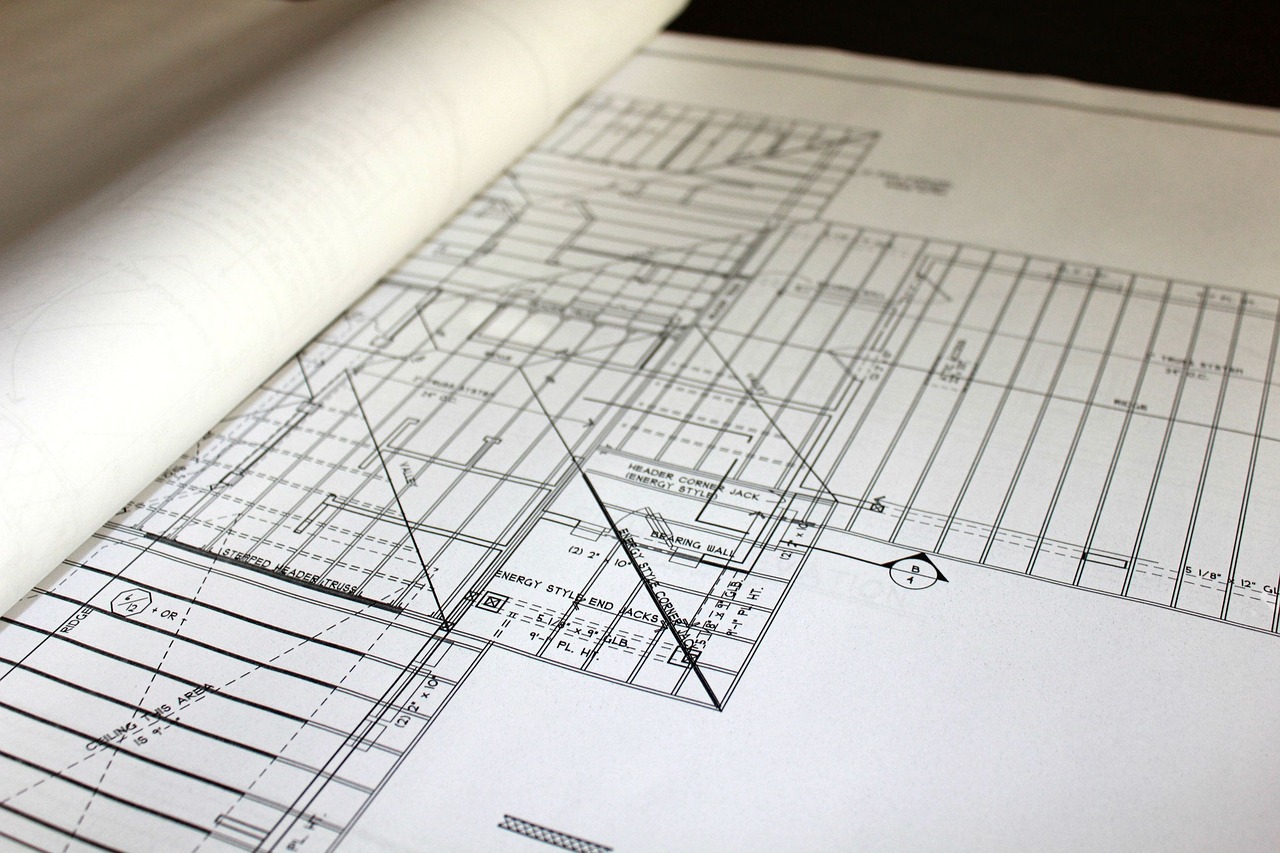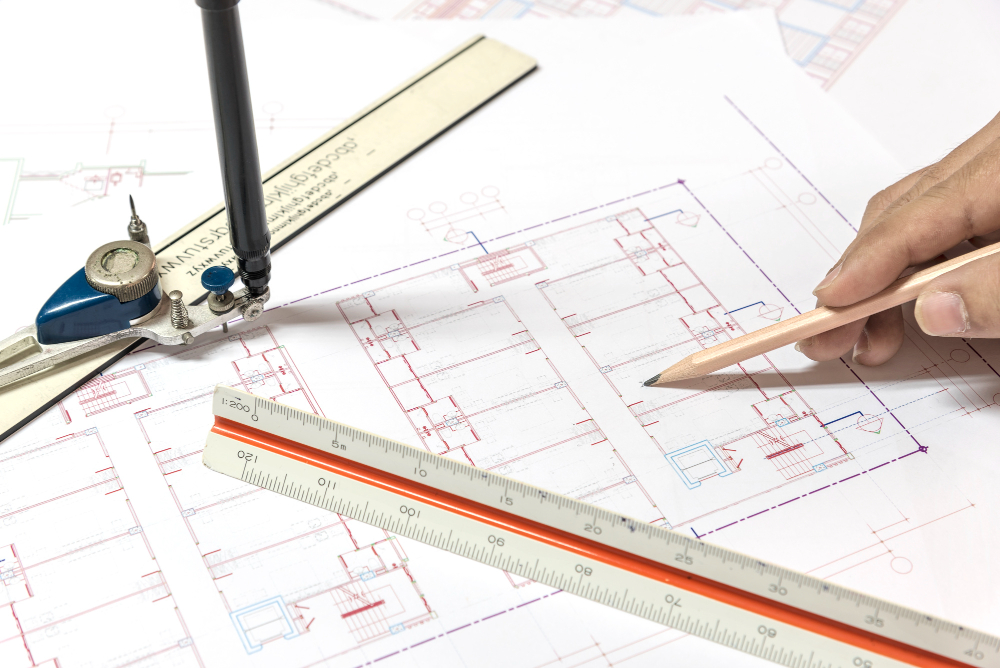
Quantity Take-off (QTO) is an essential component of the construction process, and when integrated with Building Information Modeling (BIM), it becomes a powerful tool for improving accuracy, efficiency, and project outcomes. By leveraging BIM technology, construction professionals can streamline the process of extracting quantities and materials data directly from 3D models.

What is Quantity Take-off?
Quantity Take-off refers to the process of quantifying materials, labor, and other resources required for a construction project. It involves detailed measurement and documentation of all components, from structural elements to finishes. Traditionally, QTO has been a manual process, prone to errors and time-intensive. BIM transforms this process by automating and enhancing accuracy.
Benefits of BIM-Integrated QTO
- Enhanced Accuracy: BIM tools provide precise measurements and real-time data updates. Changes made to the model automatically reflect in the QTO, reducing the risk of errors and omissions.
- Time Efficiency: Manual quantity extraction can take days or even weeks. BIM automates the process, significantly reducing the time needed to produce detailed quantity reports.
- Improved Collaboration: BIM facilitates better communication between architects, engineers, and contractors by providing a single source of truth. This ensures everyone is working with consistent data.
- Cost Control: Accurate QTO helps in better budgeting and cost estimation. Real-time updates to quantities allow stakeholders to predict and manage costs effectively.
- Integration with Cost Estimation Tools: BIM-compatible software often integrates seamlessly with cost estimation tools, providing a direct link between QTO and project budgeting.



Key Features of BIM Tools for QTO
- 3D Visualization: Visual representation of components ensures clarity and understanding of the materials and quantities required.
- Automated Updates: Any design changes are instantly reflected in the quantities, keeping data consistent and up-to-date.
- Customizable Reports: Generate detailed and customizable QTO reports tailored to project needs.
- Clash Detection and Resolution: Identify potential conflicts in the model that may affect quantity calculations.
Applications of BIM-Based QTO
- Pre-construction Planning: Early-stage quantity estimation helps stakeholders plan resources and budgets effectively.
- Tender Preparation: Accurate QTO data ensures competitive and reliable tender submissions.
- Project Monitoring: Track material usage and costs during the construction phase to ensure adherence to the budget.
- Post-construction Analysis: Use QTO data for maintenance planning and lifecycle cost analysis.



